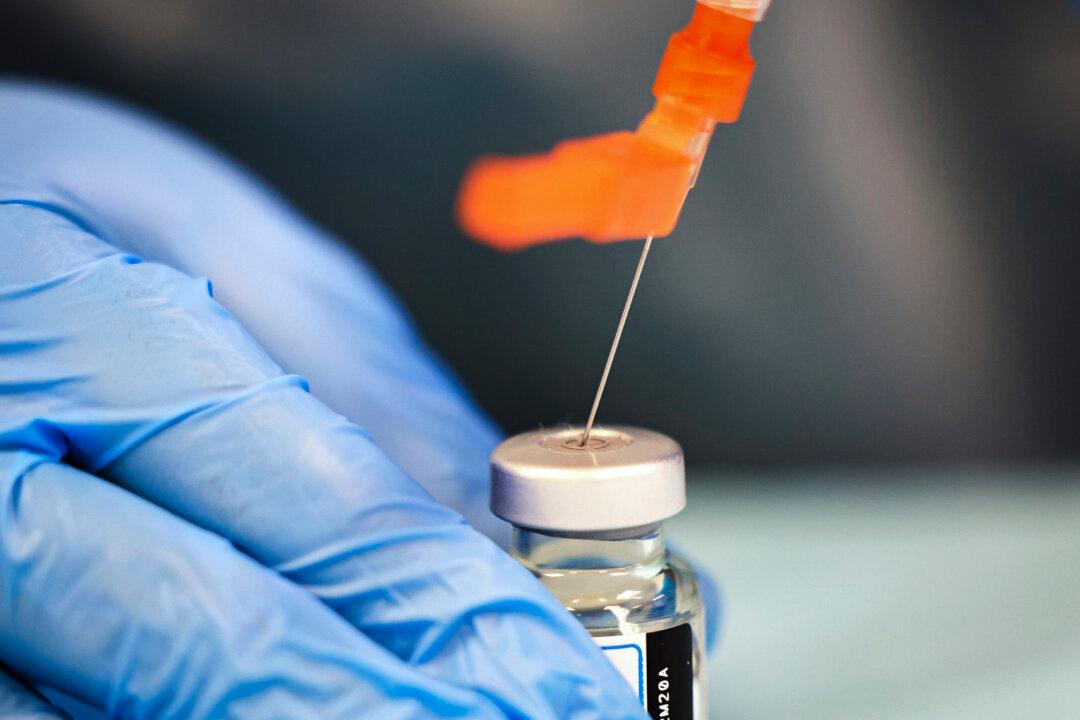More U.S. children than ever now have autism, new data from the U.S. Centers for Disease Control and Prevention (CDC) suggest.
The communities are part of the Autism and Developmental Disabilities Monitoring Network, a CDC-funded program established in 2000 “to collect data to better understand the number and characteristics of children with autism spectrum disorder and other developmental disabilities living in different areas of the United States.”
Autism, or autism spectrum disorder, is a developmental disability that can manifest in different ways, typically including difficulty communicating and interacting with other people.
The network has sites in 11 states, including Arkansas, Maryland, and Tennessee.
Researchers counted a child as having autism if medical records showed an autism diagnostic statement in an evaluation, a classification of autism in special education, or an autism medical code.
Boys were found to be far more likely to have autism than girls.
The CDC states that the communities “are not representative of the entire United States.” Other federal programs reporting autism prevalence are meant to be nationally representative. The most recent national estimate of the rate of autism among youth, or children aged 3 to 17, was 2.9 percent.
Neither researchers nor other CDC officials could say definitively what was driving the increase.
Some officials and experts believe that the autism rate isn’t increasing. It’s an increase in diagnoses, they say.
Outside groups rebuked the CDC for not investigating the root causes of the leap in autism prevalence estimates.
“These new data ... are a profound indictment of the CDC,” Mary Holland, president and general counsel of Children’s Health Defense, which works to end what it calls “the epidemic of chronic childhood diseases,” said in a statement.
“It is willful blindness to knowingly and intentionally look away from the true causes of autism for over twenty years—during which time the rates have risen above 300%—is nothing short of criminal. The country and the world desperately need new leadership to defend children’s health.”





